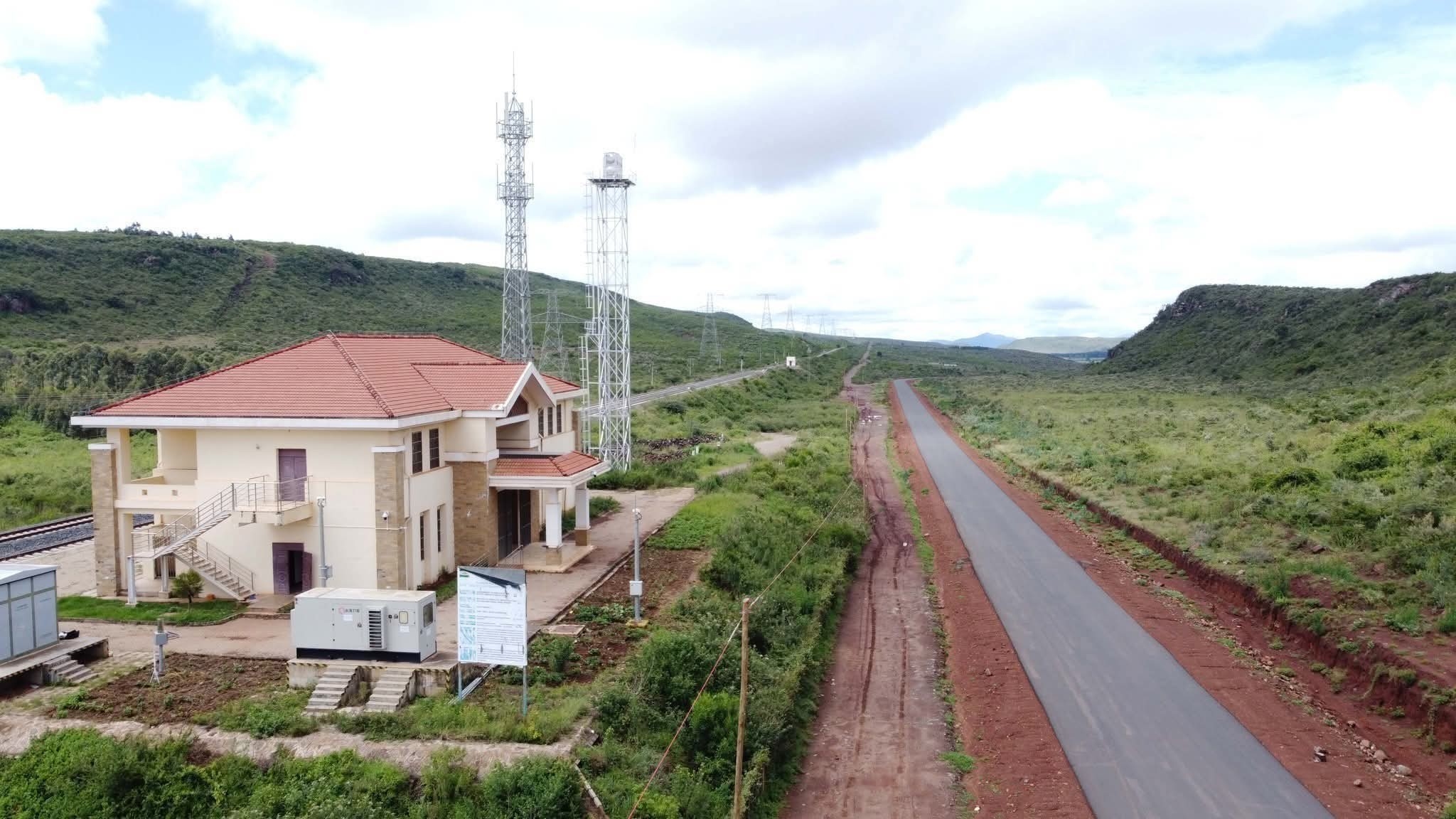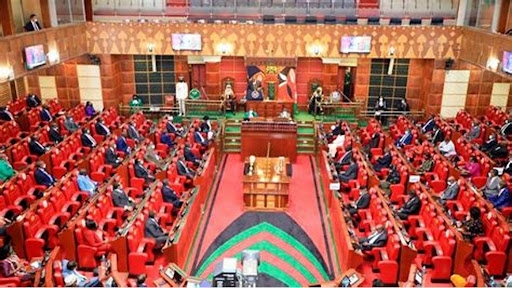Fifteen black rhinos have been translocated to their new home in Laikipia’s Loisaba Conservancy.
Loisaba conservancy will receive 21 black rhinos, male and female, after the delicate translocation drive.
Six black rhinos from Ol Pejeta conservancy have been moved, while 12 black rhinos will be moved from Lewa.
Lewa translocation is ongoing before the attention turns to Nairobi National Park.
In Nairobi National Park, three black rhinos will be moved in the coming days.
Tourism CS Alfred Mutua launched the translocation drive on January 16 at Nairobi National Park.
Tourism PS John Ololtuaa, Wildlife PS Silvia Museiya, KWS director general Erustus Kanga and KWS board chairman Walter Koipaton were present during the launch.
Loisaba Conservancy CEO Tom Silvester said they are happy to become Kenya's 17th rhino sanctuary.
“Loisaba had to go through a series of rigorous audits, first on whether it was a suitable habitat. So we did an in-depth ecological assessment to ensure we have the right food, the right water, the right terrain and habitat for Eastern black rhinos to thrive,” he said.
Loisaba has set aside 29,000 of its 58,000 acres for the rhinos.
Silvester said the translocation idea was good because up until about 50 years ago, there were a lot of black rhinos in that landscape.
He said the species were poached out by gangs feeding the trade for rhino horn during the 1970s.
Silvester said the last rhino was seen in Loisaba in 1973.
The CEO said communities desired to have black rhinos back on the landscape.
Silvester said what happened in 2018 was obviously a complete disaster and to any conservationist, it's extremely upsetting.
In July 2018, 11 rhinos died after translocation to Tsavo National Park because of poor planning, salty water and other factors.
Rhino translocations are not new. The Kenya Wildlife Service has been undertaking them as part of its mandate to conserve and manage wildlife.
Statistics show that the service has carried out more than 11 translocations since 2004.
At least 180 rhinos were moved to other areas, where their populations are now thriving.
Translocations are done using immobilisation and translocation protocols.
KWS revised the protocol in 2019 following the botched exercise that resulted in the death of 11 rhinos.
Black rhinos are solitary animals, and without enough room to disperse, they cannot be encouraged to breed.
Kenya’s existing 16 sanctuaries are either nearing or have surpassed their maximum capacity.
Rhino sanctuaries must have intense security to curb poaching.
Such spaces should also allow rhinos to demonstrate their natural behaviours, including migration between territories and genetically diverse breeding.
In black rhino sanctuaries, territorial fights are becoming a big challenge.
In the wild, rhinos, especially black ones, are extremely territorial.
Males fight other males in their territory, often inflicting injuries on each other. Fierce fights, in some cases, lead to death.
A report by the Wildlife Research and Training Institute in collaboration with KWS, shows that Nairobi National Park has 98 black rhinos.
This is against a maximum productivity carrying capacity of 44, leaving a surplus of 54.
The Ol Pejeta Conservancy has 166 black rhinos, while the maximum capacity is 90, leaving a surplus of 76.
Lewa (Borana Landscape) has a black rhino population of 133 against a maximum productivity carrying capacity of 92, leaving a surplus of 41.
Black rhinos weigh an average 1,760-3,080 pounds. They are 10 to 12 feet long and stand 60-63 inches at the shoulder.
They are not really black, but grey like the white rhinos. They are called ‘black’ rhinos to distinguish them from the ‘white’ (coming from Afrikaans word for ‘wide’/white mouth).












